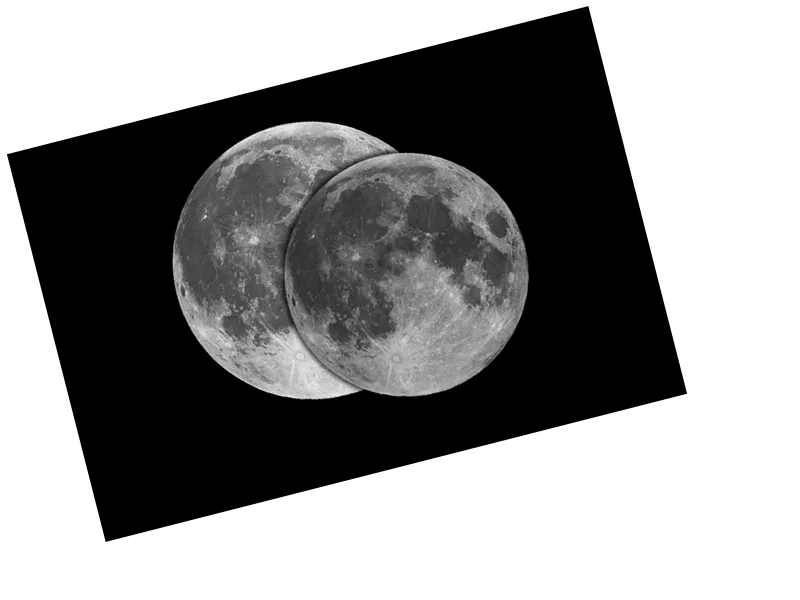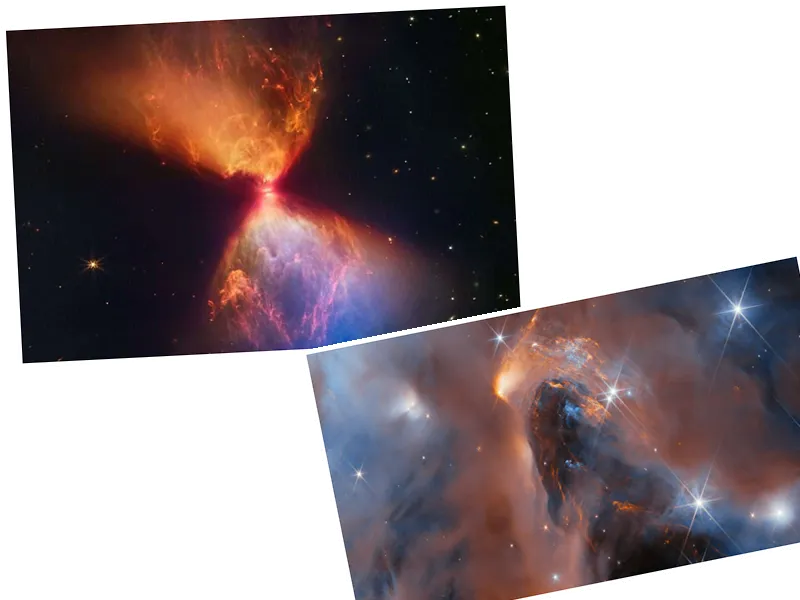Planetary Parade 2024: What You Need to Know
On June 3, 2024, skywatchers can look forward to witnessing a rare celestial event known as the "Planetary Parade." This phenomenon involves six planets—Jupiter, Mercury, Uranus, Mars, Neptune, and Saturn—lining up in the morning sky. However, contrary to initial reports, the visual experience may not be as grand as one might expect. While the alignment is real, only a few of these planets will be visible to the naked eye, primarily due to the bright light of the morning sun.
Celestial Line-Up: Visibility Challenges
According to experts such as Uwe Pilz from the Association of Star Friends and James O'Donoghue from the University of Reading, observing this event can be quite challenging. At around 5 a.m., when Jupiter and Mercury rise in the east, the sky will be too bright to see them clearly. As Pilz notes, 'it will be so bright that you can read the newspaper without any problems.' The intense morning light will outshine both planets, making them difficult to spot without specialized equipment.
Uranus and Neptune will also be part of the alignment but are virtually impossible to observe without a telescope. Uranus, positioned higher and more easterly, is nearly three billion kilometers away from Earth, and Neptune similarly requires advanced equipment for visibility.
What You Can Actually See
Despite the challenges, two planets—Mars and Saturn—will be visible to the unaided eye. Mars, which can be found by looking to the east before sunrise, will appear as a dim, reddish "star" to the naked eye. Its glow, while faint, will be distinguishable near the crescent moon. Saturn, also known as the 'Lord of the Rings,' will be detectable in the southeastern sky. However, like Mars, Saturn will also appear faint. A telescope can enhance this viewing experience, revealing its iconic rings.
Understanding the Planets' Alignment
The underlying reason that these planets seem to line up is due to the solar system's formation from a rotating disk of gas and dust. All planets move in roughly the same plane, forming what appears to be a line or a short arc in the sky. However, this alignment is a line-of-sight phenomenon and does not reflect a true physical alignment of the planets in space.
It’s worth noting that this 'planetary parade' is not exclusive to June 3rd. The aligned planets will be visible, albeit difficult to observe, in the weeks before and after the highlight date. For viewers around the world, the best times to see the planets can vary slightly depending on the local horizon and light conditions.
Future Alignments to Watch
Experts like Dr. Kate Pattle from University College London point out that such alignments are not as rare as they might seem. More planetary alignments can be expected in the coming years, including a significant one in February, featuring all the planets, including Venus.
- For those planning to see the 'Planetary Parade,' O'Donoghue recommends aiming for about half an hour before sunrise. He notes that binoculars could help see Uranus, while a telescope would be essential for Neptune. However, caution should be taken to avoid looking directly towards the sun.
- Stargazing apps like Stellarium Mobile and Night Sky can assist in finding the right planets, especially in areas with minimal light pollution. Dr. Pattle recommends a location with a low horizon and a clear view to the east for the best stargazing experience.






